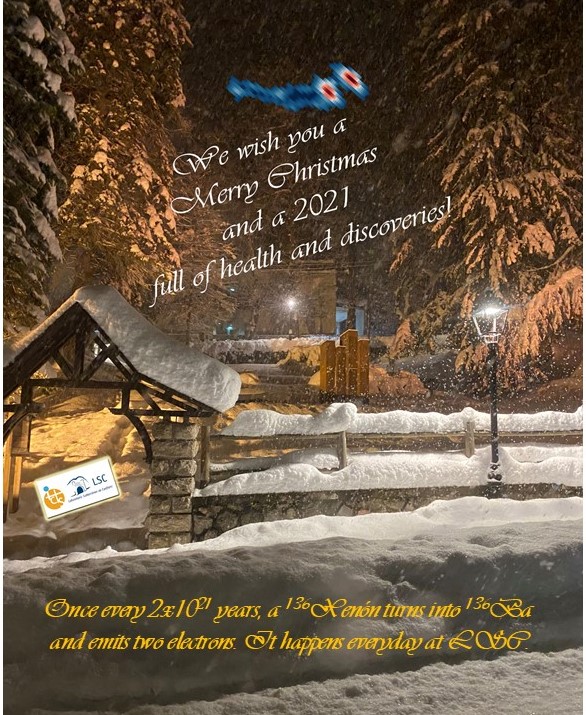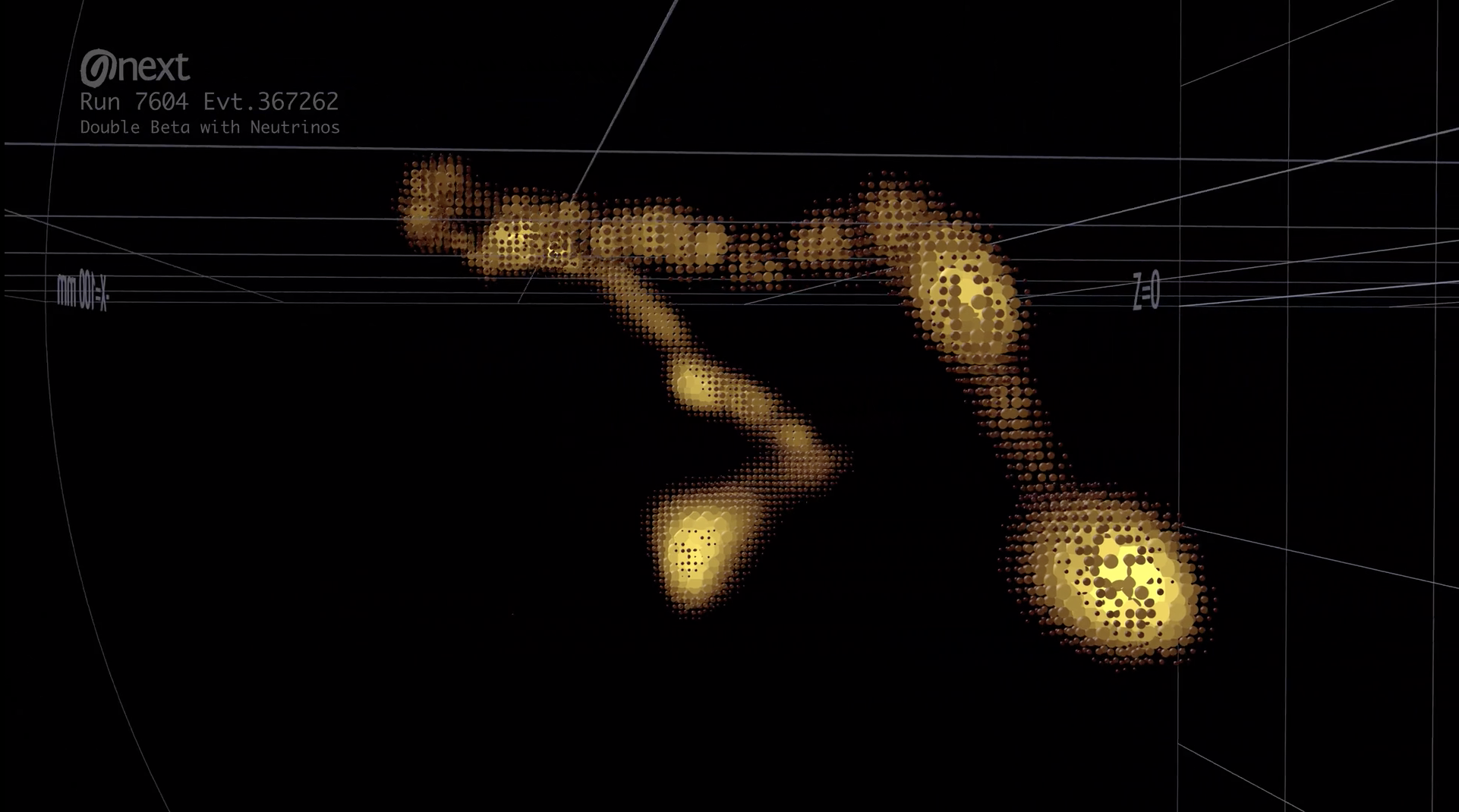Hot news! The first measurement of ββ2v half-life in NEXT is on the arXiv!

From the beginning of 2019 till mid-2021, the NEXT-White detector was collecting data continuously so as to achieve its two main goals: the characterization of the radiogenic backgrounds that affect the signal (which will be relevant for the upcoming NEXT-100 detector), and the measurement of the two-neutrino double beta decay (ββ2v) half-life with 136-Xe.
The first objective was fulfilled some time ago, as you can check here. And finally, the completion of the data-taking period in 2021 allowed us to measure the ββ2v half-life after an extensive analysis performed during some years. Then, we are very glad to share the paper that summarizes the analysis and shows the relevant figures and results of this measurement.
Despite this value had been already measured by other experiments, our result is really relevant within the field since it introduces a novel technique: the direct background subtraction, that could be considered for ββ0v searches in future-generation detectors; as well as exploits the unique tracking capabilities of the NEXT experiment. And not only that, you should remember that this result has been obtained with a fiducial mass of only 3.5 kg of 136-Xe, which is pretty impressive!


